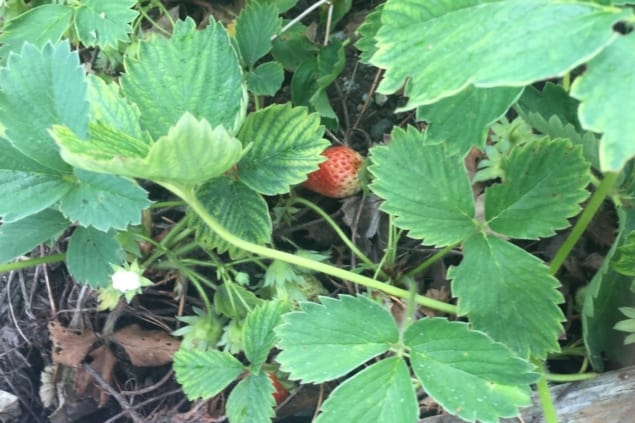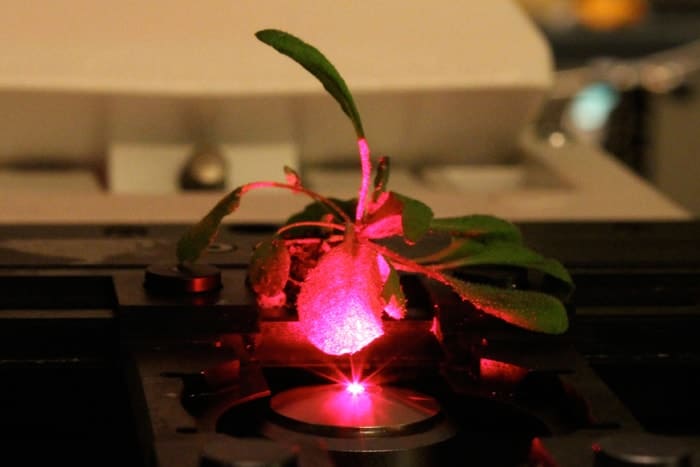
Light-emitting nanosensors have been used to measure chemical signals that propagate through living plants in response to damage. Tedrick Lew and Michael Strano at the Massachusetts Institute of Technology and an international team created the new devices to observe variations in waves of hydrogen peroxide as they passed through the tissues of different species of plant. Their approach represents an important step forward for the integration of nanotechnology and plant science and could have numerous benefits for agriculture.
When plants are damaged, recent studies have shown that cells surrounding wound sites release hydrogen peroxide. This triggers the release of calcium ions in neighbouring cells and these ions stimulate the release of more hydrogen peroxide. The result is a chemical wave that propagates throughout the plant. Through this sophisticated communication system, plant cells are instructed to produce the molecules required to repair the damage. Until now, however, there has been no way for biologists to reliably observe how these waves propagate in real time.
Nanobionic plants
Lew, Strano and colleagues observed these intricate waveforms using a technique first developed by Strano. The team integrated plant tissues with specialized carbon nanotubes that emit near-infrared light specifically on contact with hydrogen peroxide, which can then be imaged directly with an inexpensive camera. The result is that these “nanobionic” plants allow the team to map the time-varying concentrations of hydrogen peroxide throughout entire plants.

Nanoparticles boost solar-energy capture by plants
Importantly, Lew’s team found that their nanosensors could be integrated harmlessly into a diverse range of plants. This allowed them to investigate hydrogen peroxide propagation in six different plant species including lettuce, spinach, and strawberries, without the need for genetic manipulation. They observed the waves travelling at speeds in the range 0.4-3.1 m/s, depending on the species. In addition, information about the different types of stress causing the damage, including infection, heat, and mechanical injury, were encoded into the shapes of the waves.
The technology could have numerous applications in agriculture; potentially enabling farmers to screen their crops for their ability to resist damage from factors like water shortages and extreme heat. It could also lead to studies of how certain crops respond to pathogens which are currently unleashing significant damages, including citrus greening and coffee rust. Lew’s team now has numerous plans for their future research; through further upgrades to their nanosensors, they hope to investigate how signals propagate at cellular levels, and to decipher their complex dynamics in more detail.
The nanosensors are described in Nature Plants.



